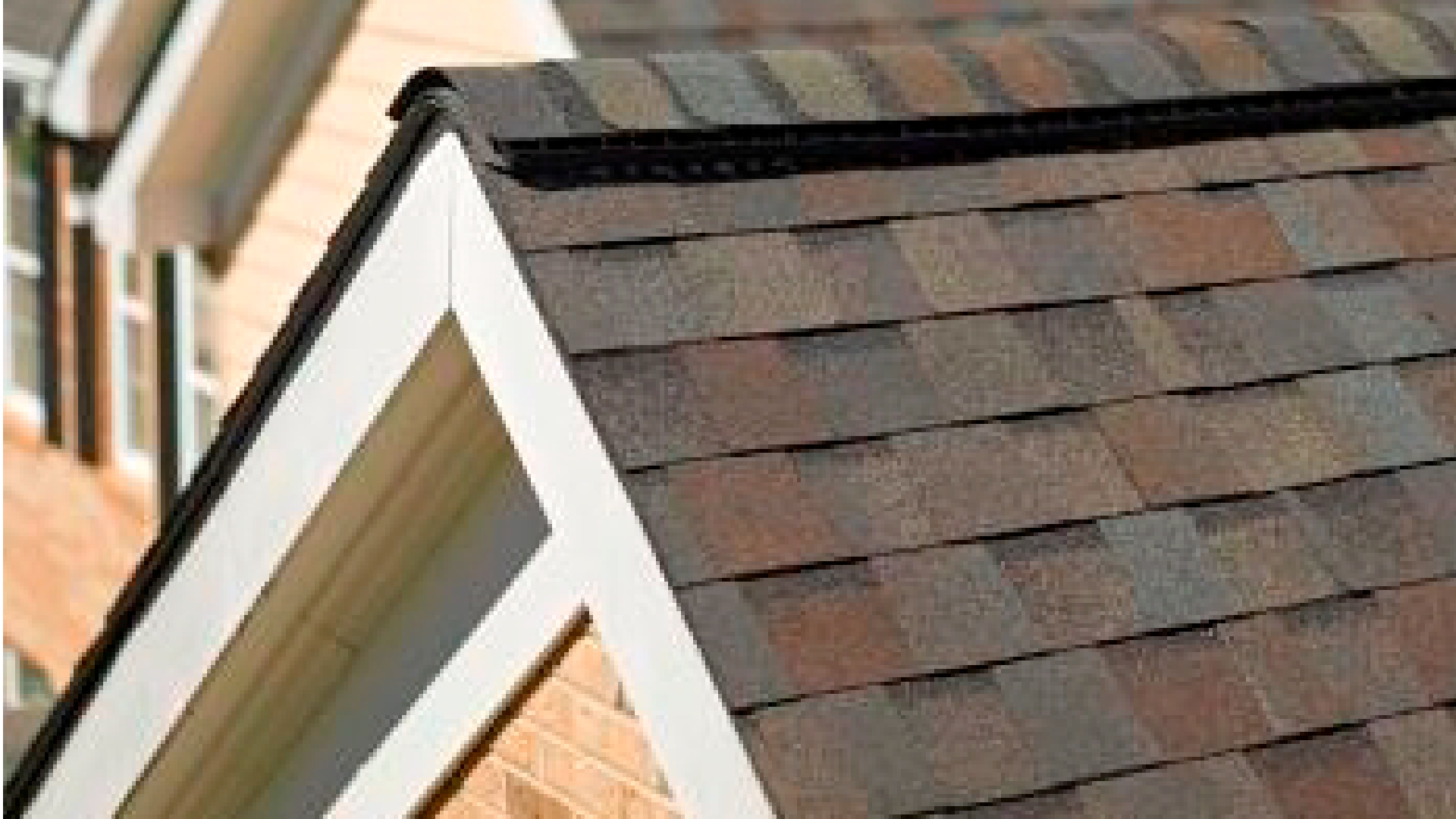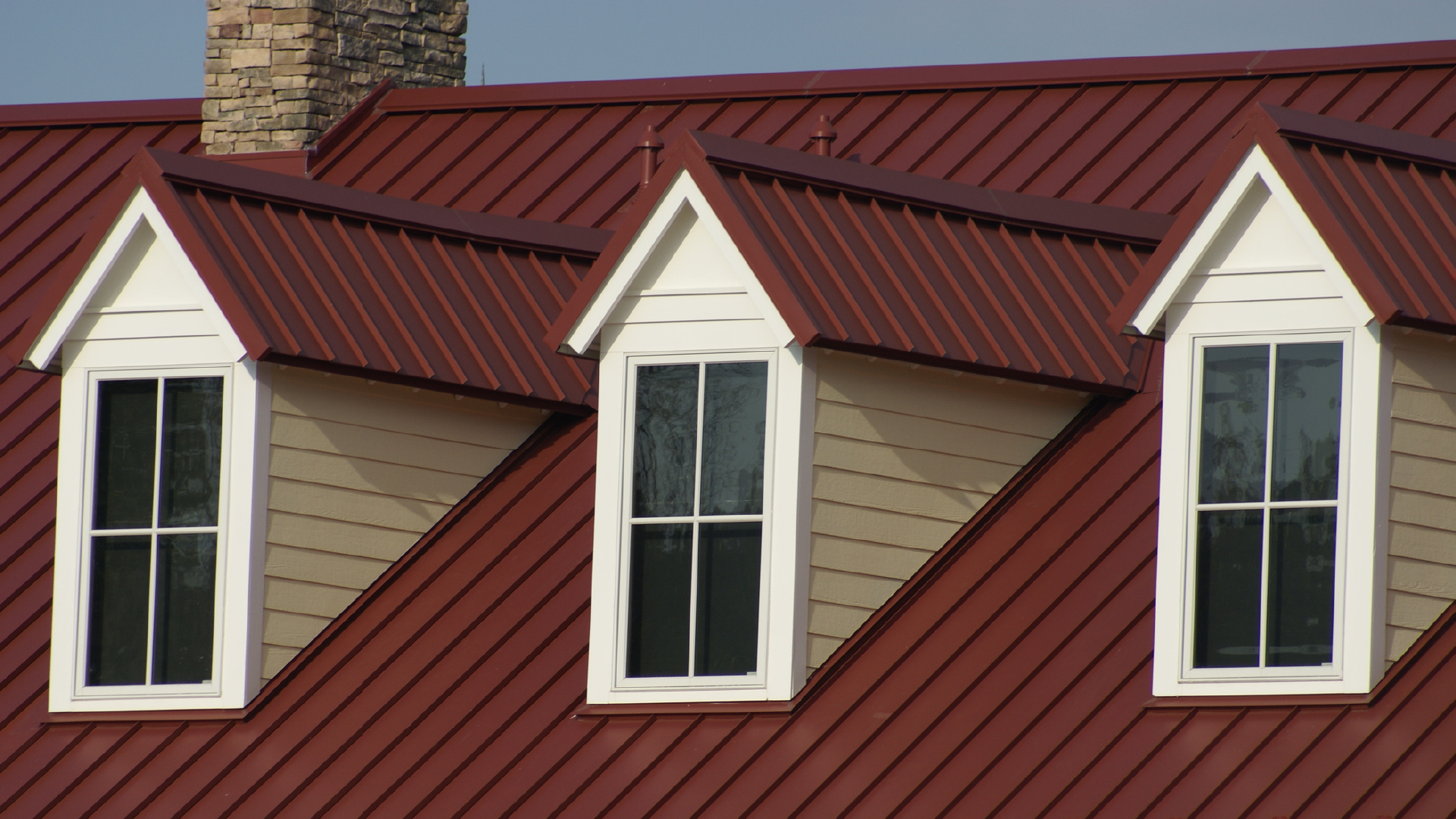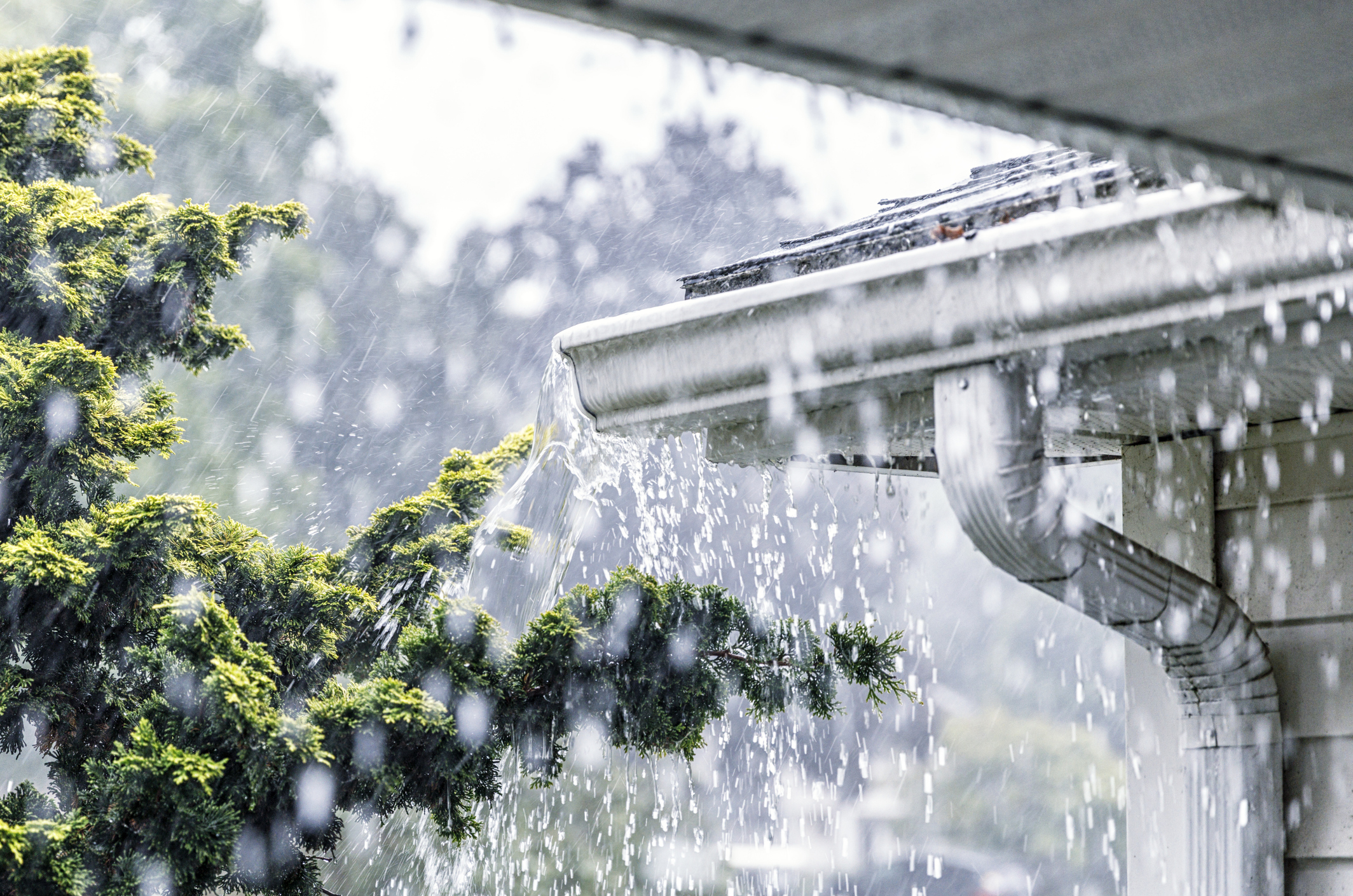Typically, a home warranty plan covers appliances and other assets in your home, and your roof may not be included. Depending on the home warranty, however, you could have an extension added at an extra cost to include roof coverage as an option. Even so, not all types of roof damage will be covered.
Some home warranty companies offer limited coverage for roof leak repairs, but there could be exclusions. Home warranties with roof coverage typically don’t cover:
- Flashing—the material applied to seal areas where your roof meets side walls and pipes—or items on the roof, such as solar panels, satellite dishes, etc.
- Skylights, chimneys, vents, gutters, or downspouts
- Certain materials, such as metal roofs or green/eco-roofs
Overall, your home warranty isn’t the first place we would look or ask about if you have issues with your roof.
2 common warranties associated with your roof
These are the two types of warranties that we work with the most as roofing contractors. Some warranties just cover materials, while some cover installation and labor as well.
1. Manufacturer warranty
The roofing company typically provides this warranty by filing for it on your behalf. Sometimes an out-of-box warranty will be added automatically when the roofer orders materials. For the most part, you don’t have to worry about filing for them, but there may be an extra cost depending on the type and length.
These warranties typically cover material defects or failures within the typical lifespan of the materials. This warranty can be voided if the materials aren’t installed or maintained properly.
Material defects are not usually the reason for roof issues—typically, wear and tear, poor installation, or insufficient maintenance are to blame. These problems typically are not covered by the manufacturer warranty. Each manufacturer has its own specific types and levels of warranties. It depends on the type of roof and who the manufacturer is.

Architectural Shingles

Stone-Coated Steel

Standing Seam
Different products have different wind warranties and coverage lengths. Here are some examples:
- Architectural shingles come with a 110 mph wind warranty, but, depending on installation, can go up to about 130 mph.
- Stone-coated steel roofs tend to have a 120 mph wind warranty.
- Standing seam roofs come with a 140 mph wind warranty.
Wind warranties usually only last about five years, but CertainTeed offers a 15-year wind warranty, which is unique.
The manufacturer warranty Hopkins gives out the most is the CertainTeed 4-star warranty. Our company uses CertainTeed shingles most of the time, as we are certified CertainTeed Select Shingle Masters. Your roof must be properly ventilated to qualify for the CertainTeed 4-star warranty. It lasts for 50 years and is non-prorated (works with inflation). This warranty covers manufacturing defects or issues. Labor is also covered if there is a manufacturer defect.
2. Contractor/workmanship warranty
Most trustworthy contractors will provide a workmanship warranty to cover any issues you may have with your roof within the first couple of years after installation. These warranties are typically one to five years in length—Hopkins’s warranty is two years.
Depending on the roofing contractor, there could be different things that are covered. Typically, this type of warranty covers any roof failure that is due to the way the roof was installed. Installation of the materials is also covered. Hopkins will cover the cost to fix and/or replace your roof if we were to install something incorrectly, causing issues to arise.
There’s also homeowner’s insurance!
Different from a home warranty, homeowner’s insurance covers the entirety of your home, including your roof. Should your roof be damaged by an event—flood, fire, storm, or theft—homeowner’s insurance would likely help cover the cost to repair or replace your roof.
As a roofing contractor, Hopkins is very familiar with homeowner’s insurance and the process for filing a claim. We have the answers you are looking for when it comes to your insurance coverage.
When should you use homeowner’s insurance instead of your warranty?
Rule of thumb: If the damage is caused by an unexpected/unavoidable event, file with your insurance when the warranty thresholds haven’t been met. For example, if a storm with 90 mph winds blows shingles off of your roof and you have a 130 mph wind warranty, then you should file a warranty claim, because the warranty states those shingles should not blow off from winds under 130 mph. Most companies are very careful at setting those thresholds, which is why most warranty claims have to do with manufacturing issues.
Want to make sure you’re covered?
Call Hopkins Roofing, and we will provide stellar customer service to ensure you understand your coverage and are getting the most from your plan.



